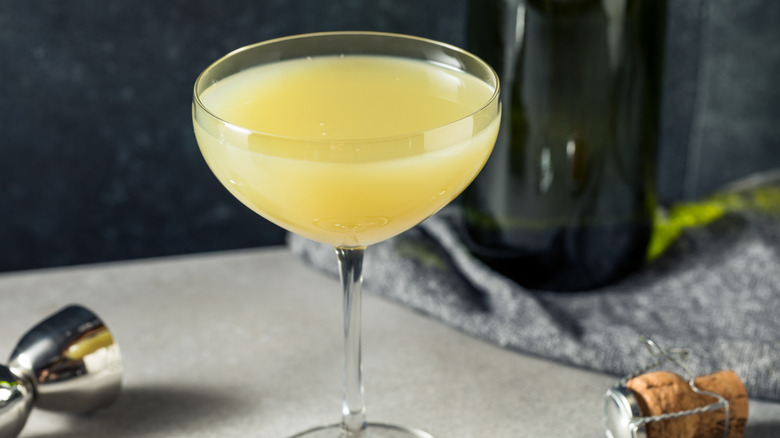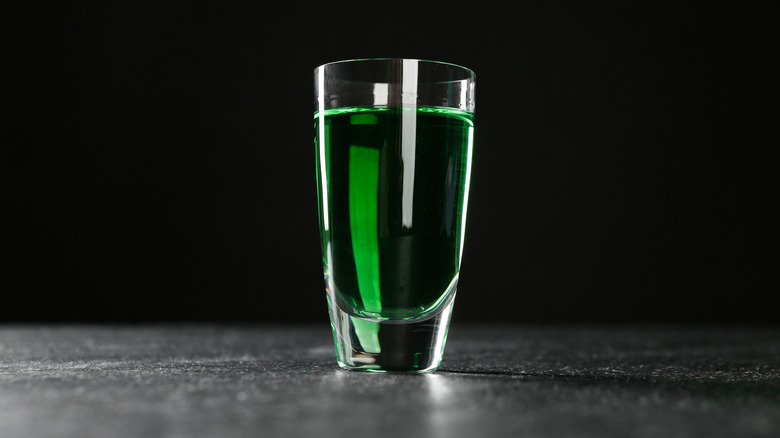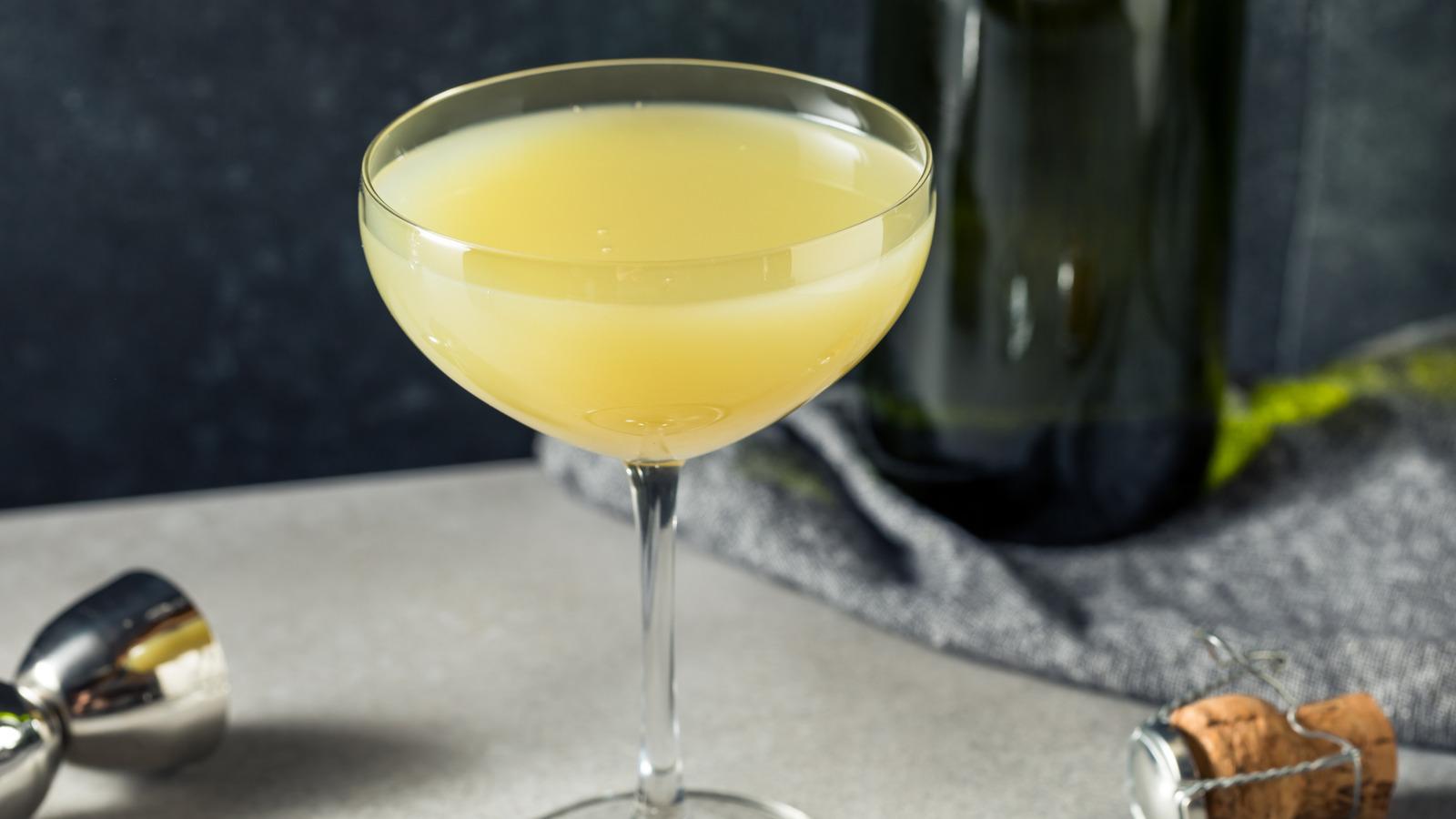
Brent Hofacker/Shutterstock
Any bartender worth their (mesquite-smoked) salt uses their powers of observation to help navigate a notoriously unpredictable work environment. In doing this, they learn a language that most people speak but few truly understand. It's the language of spirits and how people tend to interact with them. As Daniel Meursing, CEO of LA-based luxury event staffing company Premier Staff, pointed out to The Takeout, when you walk up to the bar and order a Death in the Afternoon, a good bartender knows that one of two things must be true: You fancy yourself a literary connoisseur, or you're here to party. "When people start ordering these, I know we're in for a wild night," Meursing says, adding, "It's like watching a car crash in slow motion..."
The cocktail, which shares a name with one of Earnest Hemingway's famous novels isn't just the favorite sipper of the prolific writer; it was his invention. Hemingway submitted the drink to a collection of celebrity recipes titled, "So Red the Nose," published in 1935. Although it's made with just two ingredients , champagne and absinthe, together they pack a powerful punch.
Death in the Afternoon is a potent cocktail

New Africa/Shutterstock
Absinthe, which was originally intended as an herbal remedy, contains botanicals like anise, lemon balm, hyssop, stinging nettles, and wormwood, all of which are steeped in ethanol. It's this process that gives the libation an intense green color, a powerfully bitter anise flavor, and an alcohol content more than double that of vodka or whiskey. (That's also what makes it so expensive.) Though most take absinthe diluted in water and sugar, adding it to more booze (champagne contains an additional 12% alcohol by volume) diabolically ups the ante.
Death in the Afternoon is one of those classic cocktails everyone should try once. Per Earnest Hemingway's instructions, making a one couldn't be easier. First, unleash a one ounce shot of absinthe in the bottom of your champagne flute or coup. Take a bottle of sufficiently iced champagne and pour it atop the green spirit "until it attains the proper opalescent milkiness." While this may seem like a somewhat arbitrary instruction, what Hemingway is referring to is louche, the cloudy appearance absinthe takes on when water is added to it. In this case, it's a result of the essential oils from the plant botanicals reacting with the water in the champagne.
Making the drink is not the hard part, but rather, it's Hemingway's estimation that everyone has the tolerance he did. The last line of the recipe written by the ever-cheeky author reads: "Drink three to five of these slowly." That's likely far too much for your average bar patron to handle gracefully. In the words of "So Red the Nose's" editor, "After six of these cocktails, 'The Sun Also Rises.'"
Static Media owns and operates Mashed and The Takeout.



